Safety & Flotation Devices
Prioritize safety on the water with our comprehensive selection of safety equipment, from life jackets to horns and strobe lights.
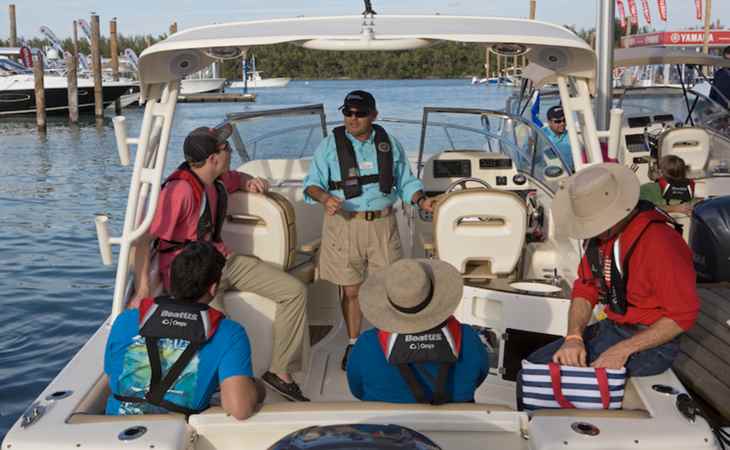
Showing 1–12 of 1287 results
-

Bells (110)
-

Boat Horns (246)
-

EPIRBs (33)
-

First Aid Kits (131)
-

Life Jackets & Vests (222)
-

Safety Harnesses (140)
-

Strobe & Safety Lights (208)
-

Throw Rings (197)
Showing 1–12 of 1287 results
Ensure Safe Voyages
Boating is a cherished pastime enjoyed by millions worldwide, but it comes with its own set of risks and challenges. To navigate safely and confidently on the water, it’s essential to prioritize boat safety and flotation equipment. From bells and boat horns to EPIRBs and life jackets, these vital tools can make all the difference in emergencies and everyday situations alike. In this comprehensive guide, we’ll explore the diverse range of boat safety and flotation equipment available, highlighting their features, importance, and role in ensuring safe voyages.
Bells and Boat Horns:
Bells and boat horns serve as crucial auditory signals to alert nearby vessels to your presence and intentions. Whether navigating in foggy conditions, busy waterways, or restricted visibility, these audible warnings help prevent collisions and ensure safe passage. Bells produce a distinct sound that carries over long distances, while boat horns emit loud blasts that are easily recognizable. By adhering to maritime regulations and using bells and horns effectively, boaters can enhance safety and communication on the water.
EPIRBs (Emergency Position Indicating Radio Beacons):
EPIRBs are essential safety devices designed to alert search and rescue authorities in the event of an emergency at sea. These compact beacons transmit distress signals via satellite, providing accurate location information to facilitate swift rescue operations. EPIRBs are activated manually or automatically when submerged in water, ensuring prompt assistance in situations such as vessel sinking, fire, or medical emergencies. Every boat should be equipped with a properly registered EPIRB to maximize safety and preparedness on the water.
First Aid Kits:
First aid kits are indispensable resources for addressing medical emergencies and injuries while boating. These kits contain essential supplies such as bandages, antiseptics, medications, and CPR masks, enabling boaters to administer immediate care until professional medical assistance arrives. From minor cuts and bruises to more serious injuries, a well-stocked first aid kit can make a significant difference in the outcome of emergencies at sea. Regular inspection and replenishment of first aid supplies are essential to ensuring readiness and effectiveness.
Life Jackets and Vests:
Life jackets and vests are fundamental flotation devices designed to keep boats afloat in the water and prevent drowning. Available in various styles, including inflatable, foam-filled, and hybrid designs, these life-saving devices provide buoyancy and support for individuals of all ages and sizes. Properly fitting and U.S. Coast Guard-approved life jackets should be worn by all passengers while boating, especially in rough seas, adverse weather conditions, or when engaging in water activities such as swimming, skiing, or fishing.
Safety Harness:
Safety harnesses are essential safety tools for preventing falls overboard and securing crew members while working on deck or in rough seas. These harnesses feature adjustable straps, D-rings, and tethers that connect to sturdy attachment points on the boat, providing a reliable means of restraint and preventing accidents. Whether sailing offshore or maneuvering in challenging conditions, safety harnesses enhance crew safety and confidence, minimizing the risk of accidents and injuries.
Safety Lights:
Safety lights are vital navigational aids and distress signals that enhance visibility and situational awareness on the water. From navigation lights to strobes and emergency beacons, these lights provide illumination and identification in low-light conditions, darkness, or adverse weather. Properly installed and maintained safety lights ensure compliance with maritime regulations and facilitate safe navigation, especially during nighttime voyages or in busy waterways.
Throw Rings:
Throw rings, also known as rescue buoys or life saving devices, are throwable flotation devices used to assist individuals in distress in the water. These rings feature a buoyant construction with a buoyant line attached, allowing rescuers to throw them to individuals in need of assistance and pull them to safety. Throw rings are essential safety equipment for quickly and effectively responding to man-overboard situations and emergencies at sea.
Anchor Bells:
Anchor bells serve as audible signals to indicate a vessel’s presence and status at anchor, alerting nearby vessels to its stationary position. These bells produce a distinctive ringing sound that helps prevent collisions and ensures situational awareness in crowded anchorages or dense fog. Anchor bells are required by maritime regulations for vessels at anchor during periods of reduced visibility, enhancing safety and communication on the water.
Boat safety and flotation equipment are essential components of responsible boating practices, ensuring the safety, security, and well-being of passengers and crew on board. From audible signals such as bells and horns to essential safety devices like EPIRBs, first aid kits, and life jackets, each piece of equipment plays a crucial role in mitigating risks and responding effectively to emergencies at sea. By prioritizing boat safety and flotation equipment and adhering to best practices, boaters can enjoy safe and memorable voyages on the water, knowing they are well-prepared for whatever challenges may arise.


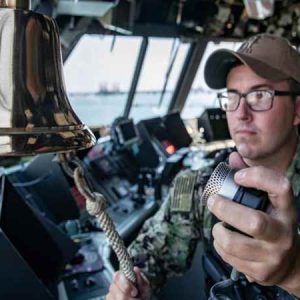
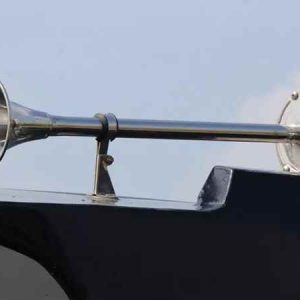
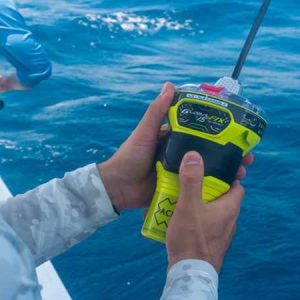
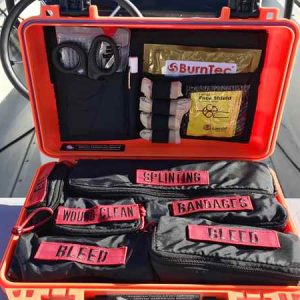
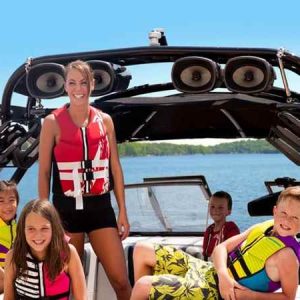

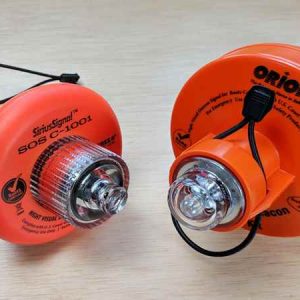
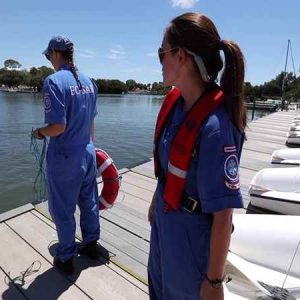
![[Boat Safety Light] Ip68 Waterproof Solar-Powered Marine Beacon - Floating Flashing Light With 20 Leds &Amp; 256 Lamp Beads - Ship Navigation Light 1 4110oh41ill. sl500 . ss300](https://m.media-amazon.com/images/I/4110oH41iLL._SL500_._SS300_.jpg)
![[Boat Warning Buzzer Outboard Alarm Beeper Marine Boat Accessories Electronic Sound Beeper Horn Alarm Buzzer] - Alert And With This Reliable Marine Safety Device 2 31pfilfvg5l. sl500 . ss300](https://m.media-amazon.com/images/I/31pFILFvG5L._SL500_._SS300_.jpg)
![[Ce Approved] Night Cat Inflatable Life Jackets Vests Survival Preservers Lifesaving Pfd Lightweight Premium Automatic And Manual Fit 40 To 150Kg 3 41ww13oiojl. sl500 . ss300](https://m.media-amazon.com/images/I/41ww13oIOjL._SL500_._SS300_.jpg)
![[Compact Life-Saving Light] - Marine Emergency Light Boat Safety Equipment With-Powered Life Light - Stay Safe Water 4 31fdayrf rl. sl500 . ss300](https://m.media-amazon.com/images/I/31FdAyrf-RL._SL500_._SS300_.jpg)
![[Premium Lifebuoy Holder] - Durable Stainless Steel Bracket For Horseshoe Lifebuoy Convenient Swimming Holder Marine Boat Lifebuoy Bracket 5 31pbha cael. sl500 . ss300](https://m.media-amazon.com/images/I/31PBhA-caEL._SL500_._SS300_.jpg)
![[Premium Lifebuoy Holder] - Stainless Steel Bracket For Marine Yacht Boat Accessory Swimming Holder Ship Buoy Bracket (4.5 X 6.3In) 6 31oo s ekcl. sl500 . ss300](https://m.media-amazon.com/images/I/31oO-S-ekcL._SL500_._SS300_.jpg)











